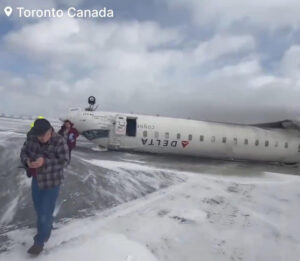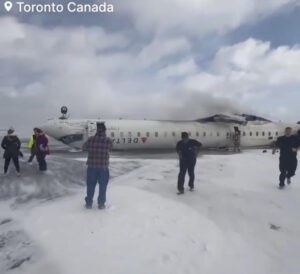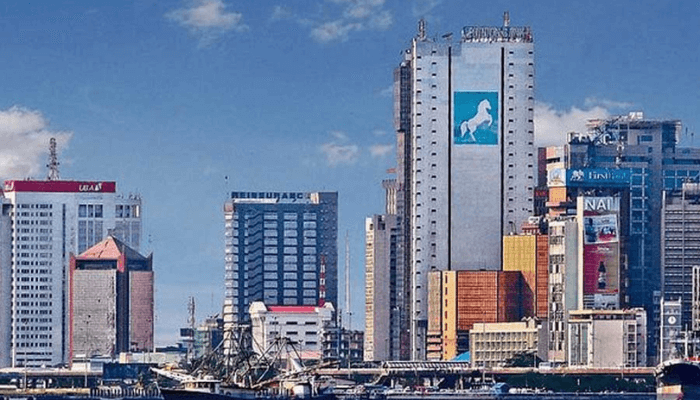
By Amah
All 80 people onboard were evacuated. The Transportation Safety Board of Canada will lead the investigation, officials said.
 Nine people were injured, including one in critical but non-life-threatening condition who was airlifted to a trauma center, said Lawrence Saindon, a supervisor with the Peel Regional Paramedic Services. One pediatric patient was also in critical but non-life-threatening condition.
Nine people were injured, including one in critical but non-life-threatening condition who was airlifted to a trauma center, said Lawrence Saindon, a supervisor with the Peel Regional Paramedic Services. One pediatric patient was also in critical but non-life-threatening condition.
The remaining seven who were injured were transported to hospitals with minor-to-moderate injuries.
The airport said earlier in the day that it was expecting “a busy day” as airlines caught up after back-to-back snowstorms, including a weekend snowstorm that dumped more than eight inches of snow.
The F.A.A. issued a ground stop order because of the emergency. Anita Anand, Canada’s transportation minister, said on social media that she was “closely following the serious incident.”
Temperatures in Toronto were expected to reach a high of only 20 degrees Fahrenheit.
The flight was operated by a Delta subsidiary, Endeavor Air, which typically runs smaller planes on shorter routes for its parent airline.
Endeavor’s fleet includes about 120 Bombardier CRJ-900s, the type of plane involved in the crash on Monday. Those aircraft are configured with 70 or 76 seats.
The aircraft is about 16 years old, according to Federal Aviation Administration records. With regular maintenance, such passenger jets are often operated for two to three decades, or more.
There are more than 380 CRJ-900s in use by airlines around the world, according to Cirium. The aircraft, which has been in operation for more than two decades, has a solid safety record, according to Cirium data.”





